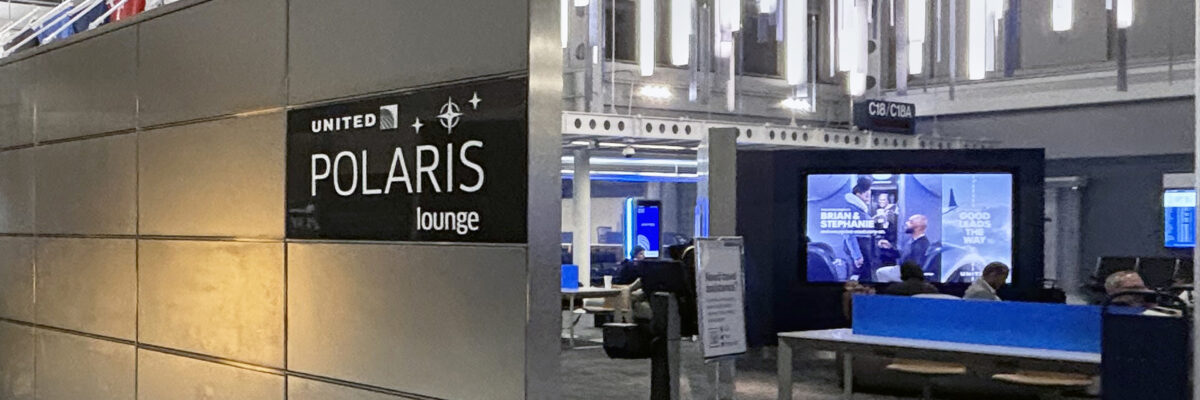By Brett Mersch, Associate Principal in the Technology and Acoustics group of NV5
Airport clubs and lounges are no longer ancillary amenities, but critical brand touchpoints where airlines shape passenger perception and foster loyalty. These spaces must be premium, secure, and efficient, operating as both customer experiences and facilities built upon resilient systems where reliability and uptime are paramount.
The foundation of this balance is Information and Communications Technology (ICT): Information Technology (IT), Audiovisual (AV), and Electronic Security Systems (ESS). For architects, these systems are no longer back-of-house considerations. They are design drivers that influence planning, layout, finishes, and even passenger flow.
Understanding how ICT shapes the modern lounge enables architects to create spaces that are not only beautiful but also operationally resilient and future-ready.
IT: The Backbone of Lounge Operations
Every aspect of a lounge, from biometric check-in to Wi-Fi connectivity to airline
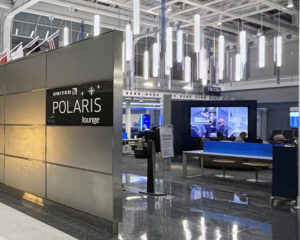
operations depends on robust IT systems and infrastructure. Without it, the “premium” experience quickly deteriorates.
Architectural implications include:
- Pathways & Cabling – Structured cabling designed to TIA-568 and BICSI standards with capacity for growth.
- Telecommunications Rooms – Strategically located and planned with power, cooling, and grounding for high-density networking and storage.
- Wireless Network Design – Access point placement must be coordinated with ceiling design and finishes to achieve optimal coverage and aesthetic consistency.
- System Resiliency – NEC-compliant redundant power and pathways to ensure business continuity and minimize downtime.
When IT is considered early in the design process, it supports both airline operations and a seamless passenger digital experience. It transforms the lounge from a passive waiting area into a dynamic, connected environment that reflects the airline’s brand and commitment to service.
AV: Defining the Passenger Experience
The audiovisual environment is what passengers see, hear, and feel. From real-time flight
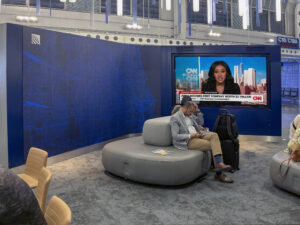
updates to ambient sound design, AV systems directly shape the brand impression and overall comfort of the lounge.
Applications in lounge design:
- Digital Signage signaling airline operations for boarding and disruption updates.
- Acoustic Design and Sound Masking provide comfort, reduce distractions, and maintain speech privacy.
- Branding Music with curated playlists reinforces the airline’s identity and sets the desired tone for the lounge.
- Courtesy Paging delivers customer announcements while preserving the premium lounge atmosphere.
- Assistive Listening Systems (ALS) ensure announcements and media are accessible for all passengers in compliance with ADA and international standards.
- Displays and Video Walls show brand storytelling, live content, and entertainment.
- Collaboration Spaces contain AV tools to accommodate video conferencing and hybrid work.
Design considerations: AV systems must be coordinated with finishes, ceilings, and lighting layouts to avoid costly retrofits and preserve aesthetics. Music and paging systems are critical and require careful tuning to ensure messages are intelligible without compromising the premium ambiance. The best lounges incorporate AV technologies so seamlessly that passengers experience them as part of the architecture itself.
ESS: Electronic Security Systems
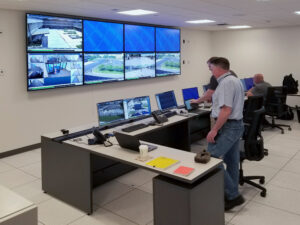
Electronic security systems ensure lounges are safe, compliant, and efficient; but modern ESS does much more than prevent unauthorized access.
Operational uses include:
- Access Control secures Security Identification Display Area (SIDA) egress points, kitchens, back-of-house areas, and staff-only corridors.
- Video Analytics monitoring occupancy, queue lengths, and service bottlenecks for real-time decision making.
- Incident Monitoring and Response using cameras and sensors integrated with airline and airport security systems.
- Passenger Safety via monitoring of egress routes, emergency conditions, and compliance with life safety codes.
Architectural considerations: sightlines, lighting levels, and discreet device placement are critical to maintaining both security and aesthetics. The integration of ESS with IT and AV also enables data sharing that improves both passenger experience and operational efficiency.
Why Integrated ICT Design Matters for Architects
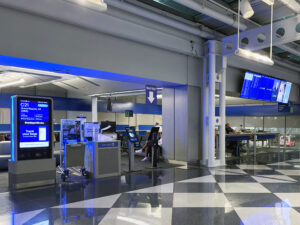
When ICT systems are designed in silos, the result is costly rework, conflicts with finishes, and missed opportunities for innovation. Integrated ICT design, coordinated early with architects, ensures:
- Reduced Change Orders – Device locations are aligned with millwork and finishes.
- Future-Readiness – Scalable infrastructure to support new service models and emerging technology.
- Operational Efficiency – Systems share data to optimize passenger flow and staffing.
- Design Harmony – Technology that complements the premium lounge aesthetic.
This is what separates forward-looking architects and their partners from design teams who limit their role to documenting devices, rather than helping shape operational outcomes.
Looking Ahead
The next generation of lounges will rely on ICT in increasingly advanced ways:
- Digital Twins – Real-time occupancy and operational data feed into design models.
- Personalized Passenger Journeys – ICT systems link with airline Customer Relationship Management (CRM) platforms to tailor services and experiences.
- Sustainability – Energy systems responding to real-time usage data for smarter resource management.
- Biometric Processing – enables secure, frictionless entry and personalized service.
Architects and design teams that anticipate these needs will deliver lounges that stay relevant, resilient, and responsive for decades to come.
In Conclusion
Airport lounges are transforming into high-tech environments where IT, AV, and ESS drive both passenger experience and operational outcomes. For architects, ICT is no longer a background utility; it is a core design element.
By engaging with ICT as part of the architectural vision from the beginning, design teams can deliver lounges that are premium, efficient, and future-ready. Owners and architects benefit most from partnering with ICT designers who bring deep aviation expertise, enabling design teams to move beyond mere compliance and help shape the next generation of passenger experiences.
Brett Mersch is an Associate Principal in the Technology and Acoustics group of NV5. Located in Nashville, Tennessee, he has over 31 years of expertise in ICT as a designer and consultant in the Aviation Market.

